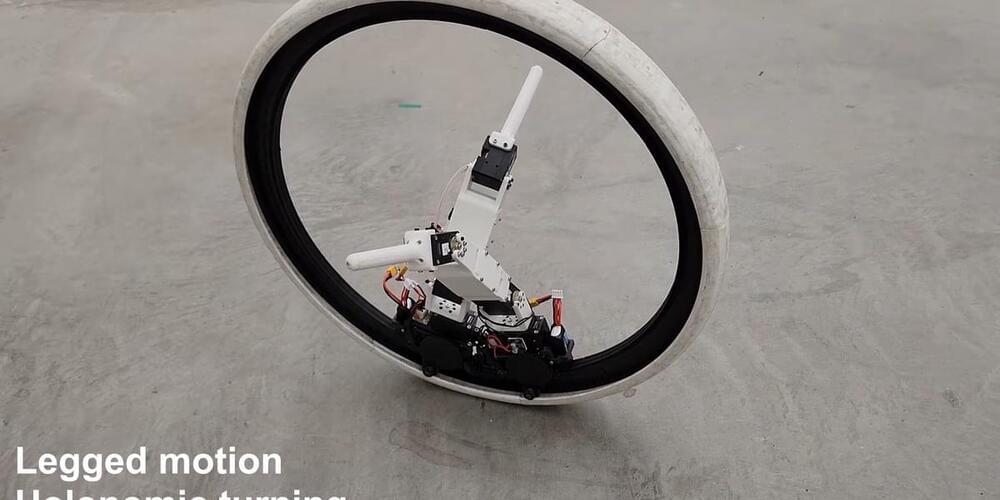Understand the differences and harness the power of AI effectively. Explore more at MINDSTREAM NEWS LIMITED and enhance your AI knowledge and skills.



The Computer Science and Artificial Intelligence Laboratory (CSAIL) at MIT has developed a new way for LLMs to explain the behavior of other AI systems.
The method is called Automated Interpretability Agents (AIAs), pre-trained language models that provide intuitive explanations for computations in trained networks.
AIAs are designed to mimic the experimental process of a scientist designing and running tests on other computer networks.
Witness the future of transportation with the world’s first fully autonomous truck yard, revolutionizing logistics in Texas and beyond.

Ask any parent, and they’ll tell you that one of — if not the — biggest challenges facing them is trying to decipher a newborn’s anguished cries in the middle of the night. Is the baby hungry? Does she have an upset stomach, or is she in the throes of colic? Maybe the poor girl needs to poop?
The only thing worse than feeling helpless in the face of such unreadable emotions is trying everything and still having no idea what’s wrong or how to ease their baby’s discomfort. Such a dilemma, mixed with a lack of quality sleep, can easily slide into feelings of inadequacy, frustration, and depression.
To help parents find peace of mind and a more restful night’s sleep, the startup Cappella has gathered a team of MIT, Berkeley, and Stanford engineers to help parents answer those inscrutable midnight questions. The team developed an app that detects baby sounds and then translates them so parents know what’s wrong. And the app runs on technology that’s already available in most U.S. homes.

The first human patient has received an implant from Neuralink, Elon Musk’s computer-brain interface company. Andrew Chang explores the complexity of the N1 implant, how it’s working in clinical trials, and what Neuralink is trying to achieve with the device.
»»» Subscribe to CBC News to watch more videos: http://bit.ly/1RreYWS
Connect with CBC News Online:
For breaking news, video, audio and in-depth coverage: http://bit.ly/1Z0m6iX
Follow CBC News on TikTok: https://bit.ly/3TnHioe.
Follow CBC News on Twitter: http://bit.ly/1sA5P9H
Find CBC News on Facebook: http://bit.ly/1WjG36m.
Follow CBC News on Instagram: http://bit.ly/1Z0iE7O
Download the CBC News app for iOS: http://apple.co/25mpsUz.
Download the CBC News app for Android: http://bit.ly/1XxuozZ
»»»»»»»»»»»»»»»»»»

Video Friday is your weekly selection of awesome robotics videos, collected by your friends at IEEE Spectrum robotics. We also post a weekly calendar of upcoming robotics events for the next few months. Please send us your events for inclusion.
Cybathlon Challenges: 2 February 2024, ZURICH ICRA 2024: 13–17 May 2024, YOKOHAMA, JAPAN
Enjoy today’s videos!


BYD’s announcement of a substantial upgrade to its intelligent driving system signals a notable advancement in its efforts to improve this technology. Scheduled for March 30th, this update signifies a significant step forward for BYD in the realm of advanced driver assistance systems (ADAS). The upgrade will further enhance its Navigation On Autopilot (NOA) or its internally known Urban Navigation Assistance (UNA) system in cities across China.
The upgrade was alluded to in 2023 with the BYD Denza N7 with its advanced lidar system and came on the heels of recent improvements to Xpeng’s XNGP intelligent driving system. Telsa has also been a strong competitor in the intelligent driving race, with announcements last year aiming to improve its FSD system. According to sources, the initial rollout of BYD’s Urban Navigation Assistance (UNA) system is slated for March 30th, starting with the N7 model among its existing lineup of over 20 vehicles.
A coating that can hide objects in plain sight, or an implant that behaves exactly like bone tissue—these extraordinary objects are already made from “metamaterials.” Researchers from TU Delft have now developed an AI tool that not only can discover such extraordinary materials but also makes them fabrication-ready and durable. This makes it possible to create devices with unprecedented functionalities. They have published their findings in Advanced Materials.
The properties of normal materials, such as stiffness and flexibility, are determined by the molecular composition of the material, but the properties of metamaterials are determined by the geometry of the structure from which they are built. Researchers design these structures digitally and then have it 3D-printed. The resulting metamaterials can exhibit unnatural and extreme properties. Researchers have, for instance, designed metamaterials that, despite being solid, behave like a fluid.
“Traditionally, designers use the materials available to them to design a new device or a machine. The problem with that is that the range of available material properties is limited. Some properties that we would like to have just don’t exist in nature. Our approach is: tell us what you want to have as properties and we engineer an appropriate material with those properties. What you will then get is not really a material but something in-between a structure and a material, a metamaterial,” says Professor Amir Zadpoor of the Department of Biomechanical Engineering.